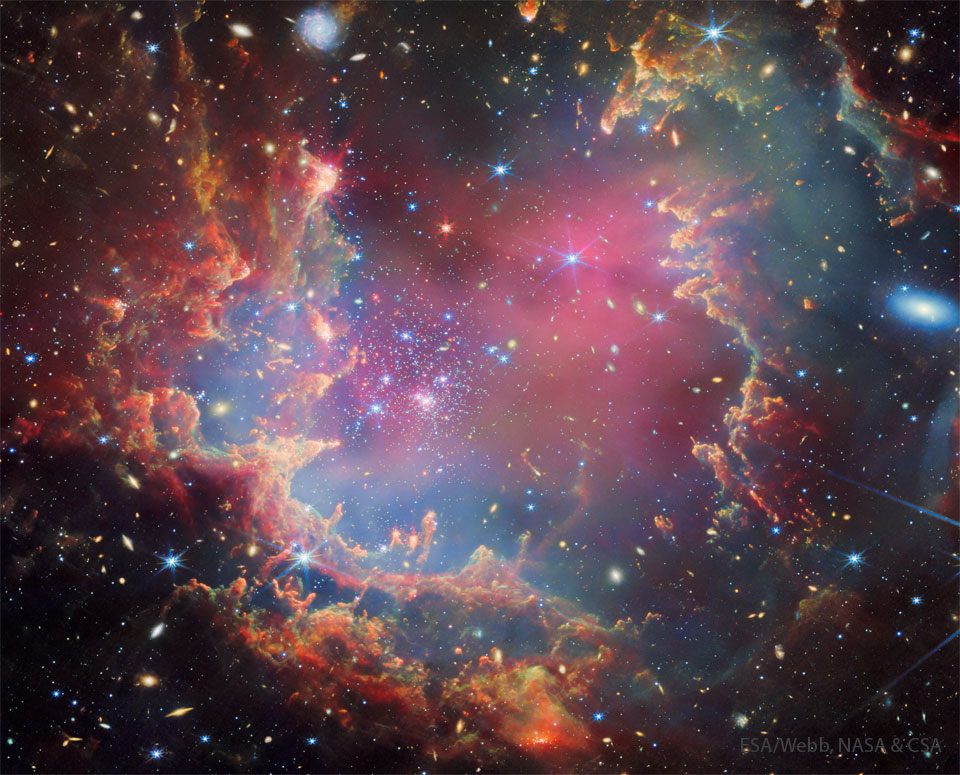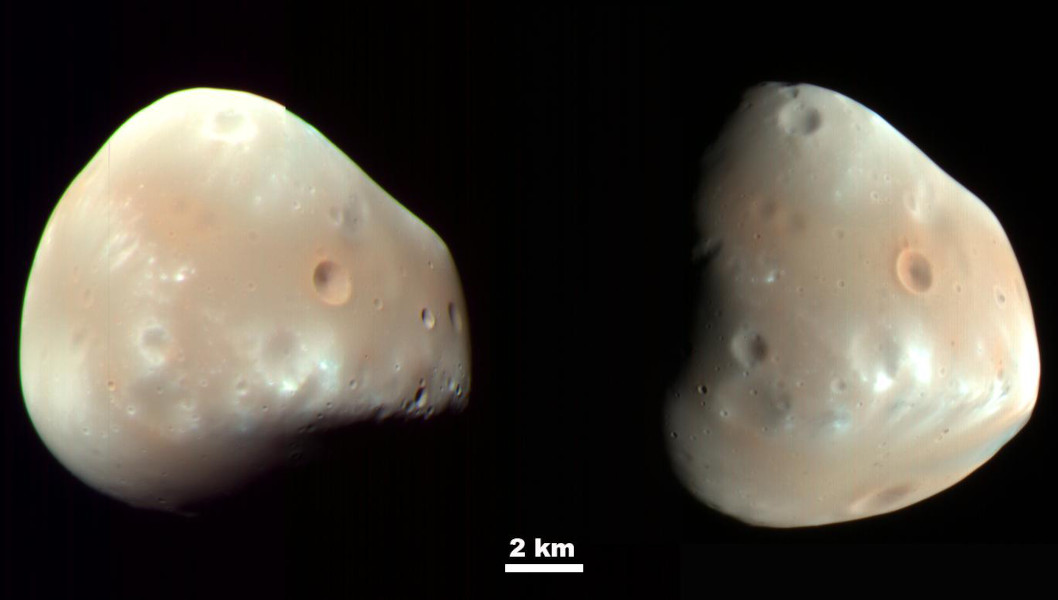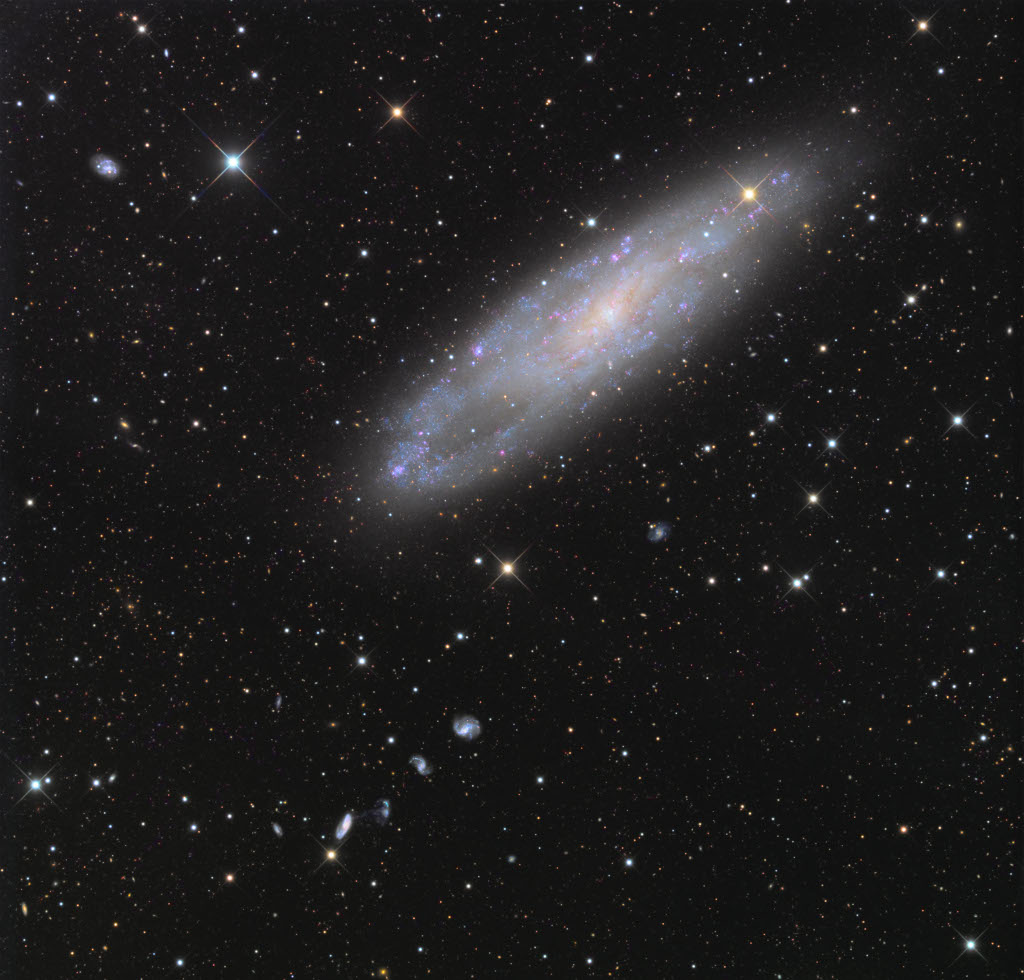Nombre total de pages vues
07/09/2024
INVENTIONS A L'HORIZON 2050 - Des arbres lampadaires pour éclairer les rues
ASTRONOMY - Small Moon Deimos
2024 September 7
Image Credit: HiRISE, MRO, LPL (U. Arizona), NASA
Explanation: Mars has two tiny moons, Phobos and Deimos, named for the figures in Greek mythology Fear and Panic. Detailed surface views of smaller moon Deimos are shown in both these panels. The images were taken in 2009, by the HiRISE camera on board the Mars Reconnaissance Orbiter spacecraft, NASA's long-lived interplanetary internet satellite. The outermost of the two Martian moons, Deimos is one of the smallest known moons in the Solar System, measuring only about 15 kilometers across. Both Martian moons were discovered in 1877 by Asaph Hall, an American astronomer working at the US Naval Observatory in Washington D.C. But their existence was postulated around 1610 by Johannes Kepler, the astronomer who derived the laws of planetary motion. In this case, Kepler's prediction was not based on scientific principles, but his writings and ideas were so influential that the two Martian moons are discussed in works of fiction such as Jonathan Swift's Gulliver's Travels, written in 1726, over 150 years before their discovery.
PHENOMENES METEOROLOGIQUES - Un orage enragé
06/09/2024
PLANTES FASCINANTES - L'Orchis d'Italie recouverte de petits hommes nus
ASTRONOMY - Ringed Ice Giant Neptune
2024 September 6
Image Credit: NASA, ESA, CSA, STScI, NIRCam
Explanation: Ringed ice giant Neptune lies near the center of this sharp near-infrared image from the James Webb Space Telescope. The dim and distant world is the farthest planet from the Sun, about 30 times farther away than planet Earth. But in the stunning Webb view, the planet's dark and ghostly appearance is due to atmospheric methane that absorbs infrared light. High altitude clouds that reach above most of Neptune's absorbing methane easily stand out in the image though. Coated with frozen nitrogen, Neptune's largest moon Triton is brighter than Neptune in reflected sunlight, seen at the upper left sporting the Webb telescope's characteristic diffraction spikes. Including Triton, seven of Neptune's 14 known moons can be identified in the field of view. Neptune's faint rings are striking in this space-based planetary portrait. Details of the complex ring system are seen here for the first time since Neptune was visited by the Voyager 2 spacecraft in August 1989.
05/09/2024
PHENOMENES METEOROLOGIQUES - Un pont entre ciel et terre fait de pluie et de grêle
ASTRONOMY - NGC 247 and Friends
2024 September 5
Image Credit & Copyright: Acquisition - Eric Benson, Processing - Dietmar Hager
Explanation: About 70,000 light-years across, NGC 247 is a spiral galaxy smaller than our Milky Way. Measured to be only 11 million light-years distant it is nearby though. Tilted nearly edge-on as seen from our perspective, it dominates this telescopic field of view toward the southern constellation Cetus. The pronounced void on one side of the galaxy's disk recalls for some its popular name, the Needle's Eye galaxy. Many background galaxies are visible in this sharp galaxy portrait, including the remarkable string of four galaxies just below and left of NGC 247 known as Burbidge's Chain. Burbidge's Chain galaxies are about 300 million light-years distant. NGC 247 itself is part of the Sculptor Group of galaxies along with shiny spiral NGC 253.
04/09/2024
PHENOMENES METEOROLOGIQUES - Un chemin dans les nuages
INVENTIONS DE DEMAIN - Et voici l'antenne solaire !
ASTRONOMY - NGC 602: Stars Versus Pillars from Webb
2024 October 29 NGC 602: Stars Versus Pillars from Webb Credit: ESA / Webb , NASA & CSA , P. Zeidler , E. Sabbi , A. Nota , M. ...

-
2022 September 26 All the Water on Planet Earth Illustration Credit: Jack Cook, Adam Nieman, Woods Hole Oceanographic Institution ; Data ...
-
2021 August 11 Mammatus Clouds over Saskatchewan Image Credit & Copyright: Michael F Johnston Explanation: When do cloud bottoms appe...








